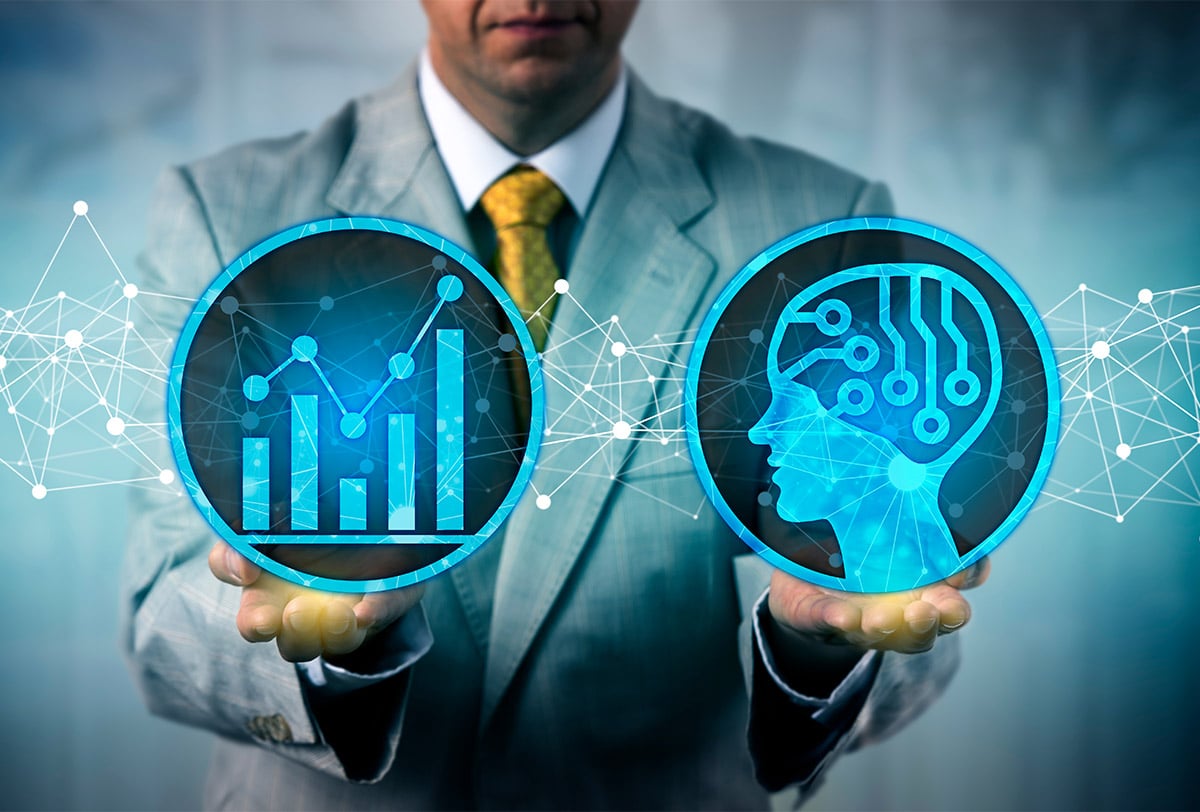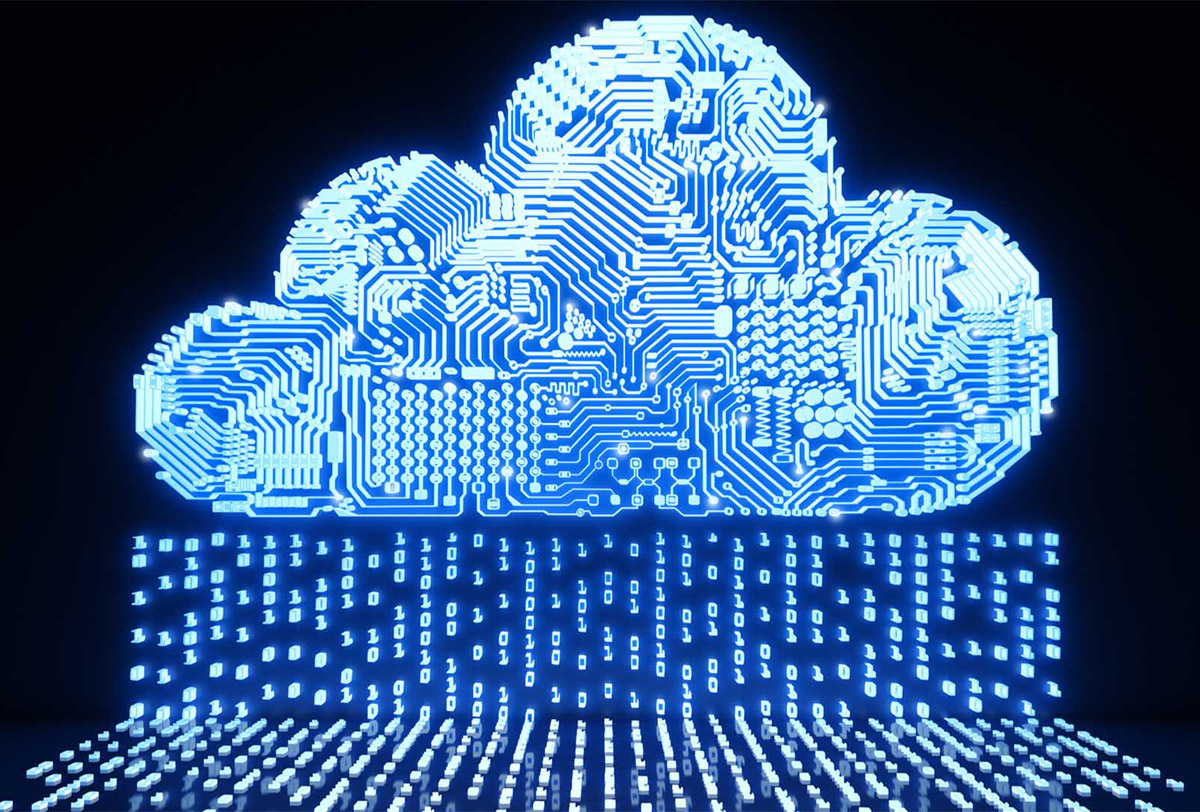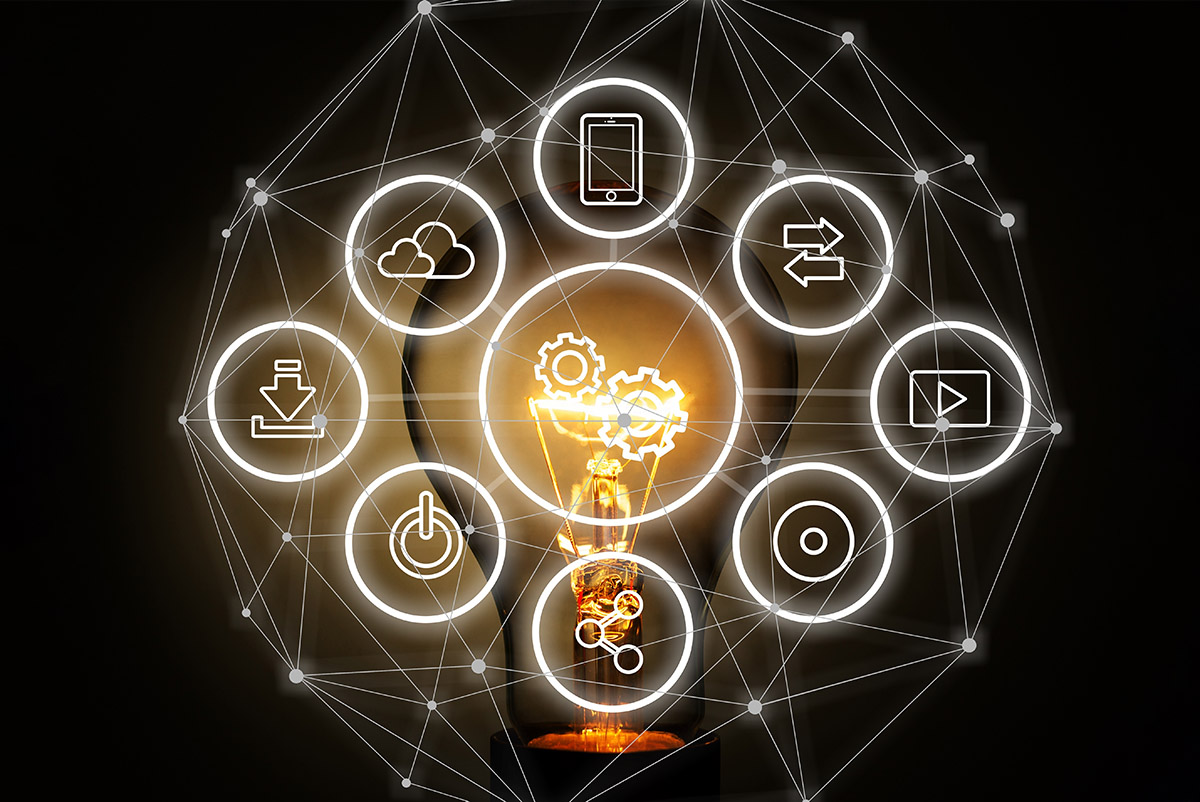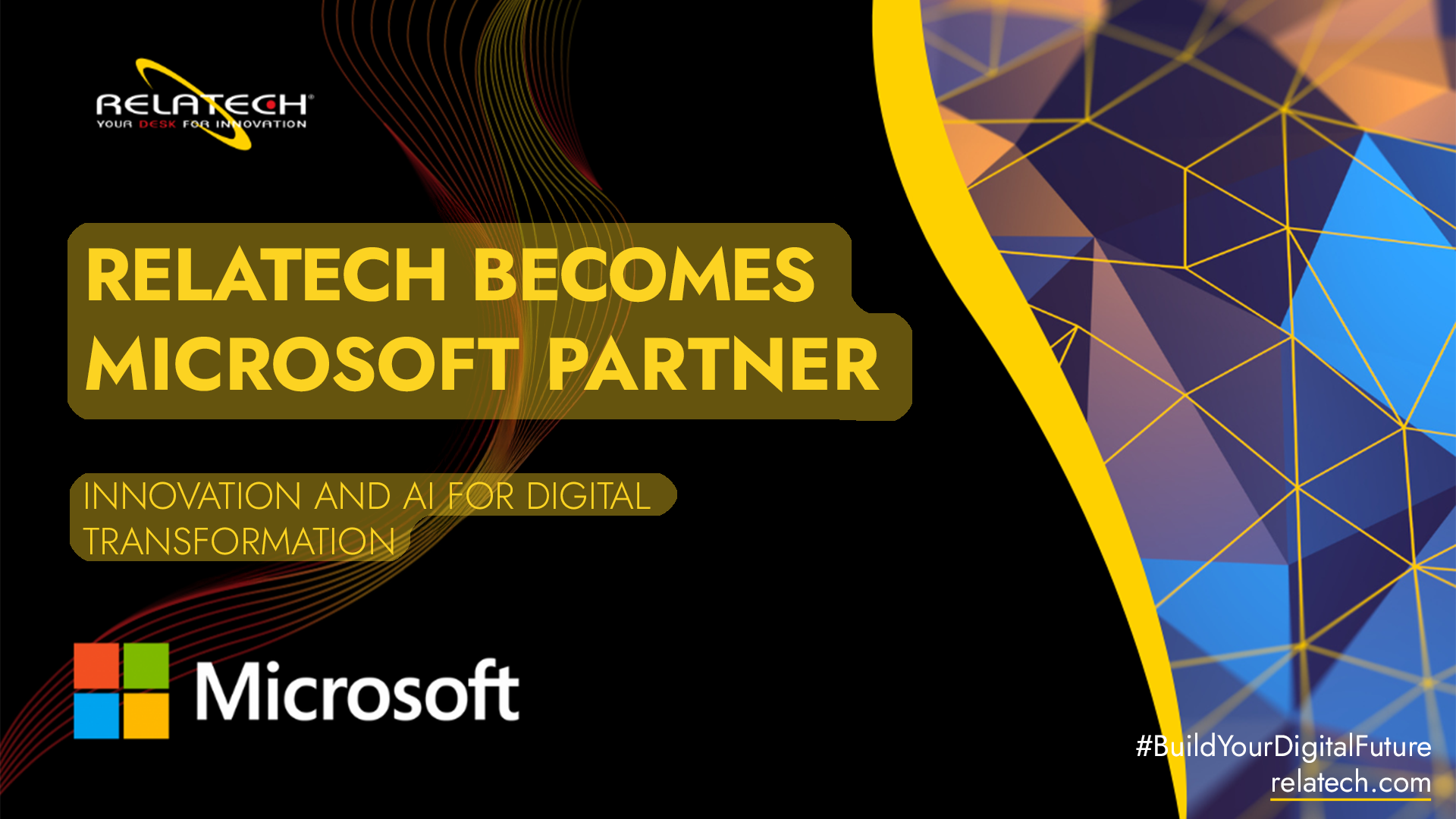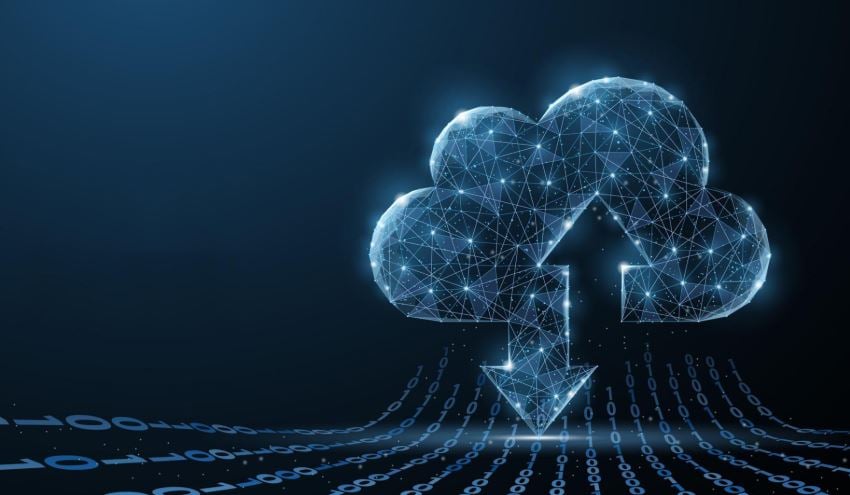DMP (Data Management Platform) solutions today contemplate an integration with machine learning and artificial intelligence (AI) algorithms that can make them truly "smart". Since, in fact, the data management platforms are usually characterized as a technological framework at the service of Big Data & Analytics, they must necessarily provide tools that extract value from the amount of data they collect from various sources, internal and external to the company. The role of machine learning and AI, therefore, is positioned as an accelerator of knowledge and profiling within the platforms. So much so that, according to a survey conducted by London Research in collaboration with Acrobat and included in the "Evolution of DMP" research, the best performing companies have already adopted artificial intelligence in 28% of cases compared to 12% of competing companies. In any case, the same study revealed that almost a third (31%) of all the organizations surveyed are planning to start using AI in the next 12 months.
DMP and cloud computing, a necessary combination
To understand how machine learning and AI collaborate with DMP structures, it is useful to recall the purpose of the latter, namely, to create audiences to which targeted marketing campaigns can be addressed. Not only. DMPs also allow you to measure which campaigns have been most successful and which have been the most profitable channels in this regard. The problem of traditional DMPs, however, is the same as that of classic data warehouses: they operate on structured data but are unsuitable for handling huge quantities of unstructured data. To do this you need intermediate storage systems such as data lake in which to store logs from disparate sources, "clean them" and make them available for the analyzes that the company needs. In other words, in today's world dominated by big data, these operations require the use of cloud computing for its intrinsic scalability and its ability to process petabytes of data. Which would be impossible for human beings to do it.
What machine learning and AI do in DMPs
This is where artificial intelligence and its multidimensional understanding of language, objects, images and sounds come into play. An understanding that, then, in machine learning translates into the aptitude to learn constantly and independently by drawing on this vast amount of data. In this way, cloud based DMP solutions not only store customer information, but can also compare it, identify patterns, draw conclusions on each user starting from the data concerning him. The use of Cloud data management platforms, therefore, lends itself to intercepting the dynamic variety of both e-shoppers and consumers, whose movements can be traced in the physical world thanks to IoT devices. Of all this wide audience, it is possible to record tastes, trends, propensities to purchase by conveying the set of behavioral information collected in homogeneous clusters. A very valuable knowledge in the decision-making process of marketers, because it is based not on impressions or generic market trends, but on the objective detection of certain consumer behaviors.
A revolution that transforms descriptive analysis into predictive
To simplify this decision-making process, the synthesis of machine learning and AI in modern DMPs offers analytical dashboards as an output in a visual format of immediate understanding. That segment of the public to be offered with effective engagement actions is the result of more reliable marketing models and, above all, generated in real time by the continuous flow of data that feeds the platform. In essence, it is not the result of a static analysis or which is likely to be already dated within a few weeks. After all, the great revolution in the combination of artificial intelligence and Data management platform lies in the transformation of this analysis from a descriptive typology into a predictive one, that is, capable of anticipating what the customer's next move will be. Without machine learning and its ability to learn by gathering and crossing a huge amount of data, looking for links and connections, this would not be possible.
